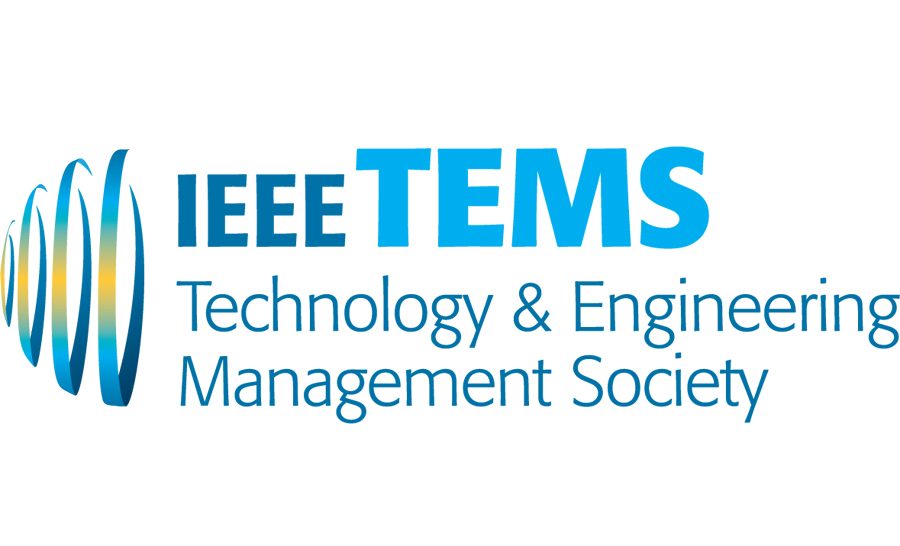I was once, a long time ago, at a large telecommunications company, charged with the creation and implementation of a stage-gate product development framework for an organization that had over 10,000 development engineers. I struggled with many contradictions and problems encountered in implementing this framework. At first, the problem was clearly why is such a framework even useful?
To tackle this question, we needed to understand the cross-functional nature of the organization. Besides hardware and software development teams, integration teams, test teams etc, there were business teams that relied on timely delivery of a quality new product, but there were also senior leadership, finance and production operations that were tangentially involved but, in many ways, dependent on the timely delivery of the product. All these diverse groups needed to be on the same page as development engineering to ensure a useful and producible product would ultimately be developed.
Integral to this discussion is the product management and marketing role which is to specify the attributes of the new product and the time window that enables the success of the new product in the marketplace. Stage gates was a way of understanding the state of development of the product/concept, as well as a formal way to authorize additional funds for entering a future phase of a product development cycle. It was a way to manage the progression without impeding the progression of the new product, which was a difficult contradiction to manage.
Finance was always concerned about how much money was going to be spent and when and for what purpose. They wanted to believe that the new product teams were disciplined and fiscally responsible in what products they were developing, the attributes of the products, the target markets, the resources used, and the timelines associated with all of the above.
While stage-gate frameworks went beyond just merely giving the illusion of control and discipline in new product development, if taken too far, it can become a framework for a mind-numbing bureaucratic process of balancing the needs of the entire organization. The needs for manufacturability, reliability, quality, ease of use and competitiveness in the marketplace. Our first iteration of stage gates started with fifteen distinct stage gates and hundreds of checklist items mapped to the gates. Stage gates started to develop a reputation as an impediment to product development until we consciously decided to streamline the framework to a manageable number of gates, exactly five.
The question of linking information to action, decision making to actual product development work is a tricky one in any large organization. Which products are authorized and to what extent is their development authorized, funded and staffed? We discovered that these were different questions. Is your pipeline of products more like a funnel or more like a straight pipeline? What can the market bear in terms of new product introduction and what can your internal systems support? How best to stagger the introduction of new products becomes not only a stage gate question but also a portfolio management question.
The best practices for a product development organization include such items as:
-Heavy research upfront on user needs and product design
-User-centered approach
-Lean, scalable approaches that are iterative in nature
-Cross-functional teaming
-Metrics based decision making in a stage-gate framework
More details can be found here: https://www.designorate.com/stage-gate-new-product-development-process/
Ultimately, sound stage-gate process does not interfere or contradict the use of agile methods, lean methods or user-centered design principles. It is not intended to slow down or disturb development; in my mind, it is intended to help organizations frame new product decisions in a methodical and consistent framework that allows for better regulating the flow of products into the marketplace.
References:
1. Cooper, Robert G. “The seven principles of the latest Stage-Gate® method add up to a streamlined, new-product idea-to-launch process.” Stage-gate Inc. (2006).
2. Cooper, Robert G. “What’s Next?: After Stage-Gate.” Research-Technology Management 57, no. 1 (2014): 20-31.
3. Edgett Scott J. “Idea‐to‐Launch (Stage‐Gate®) Model: An Overview.” Stage-gate Inc. (2015).







Add Comment